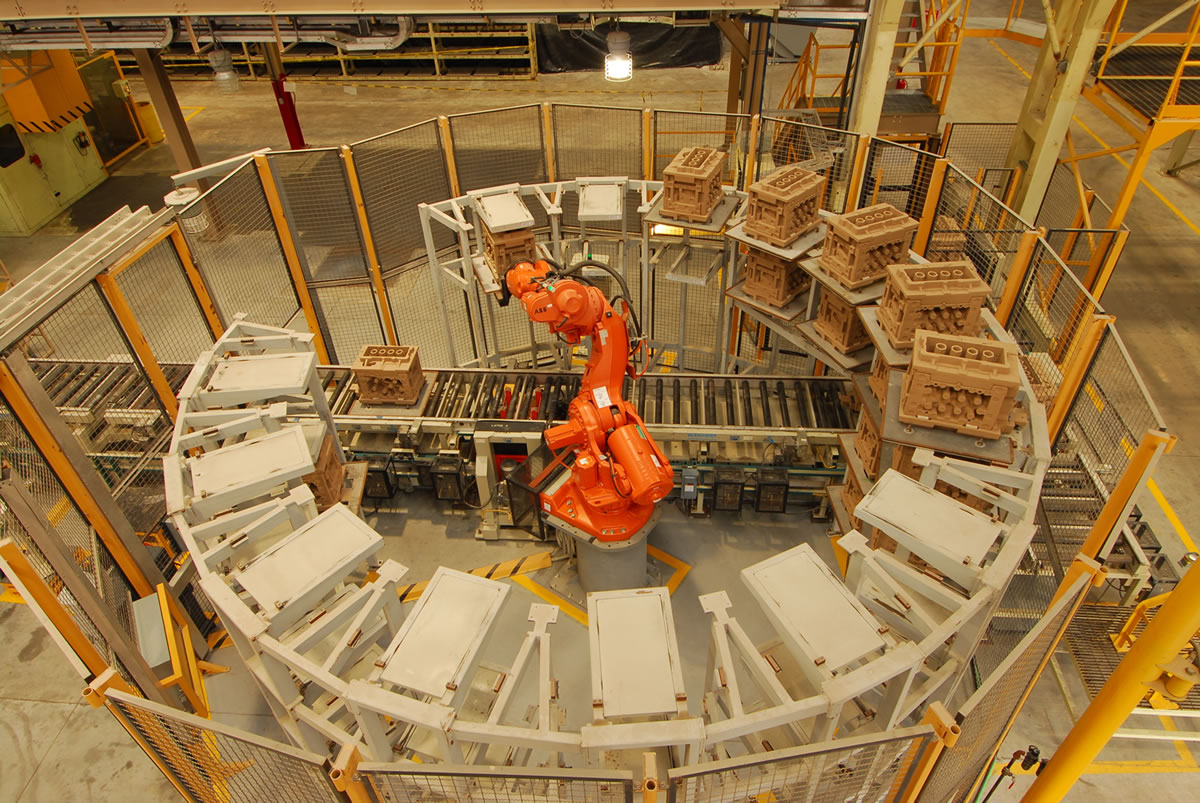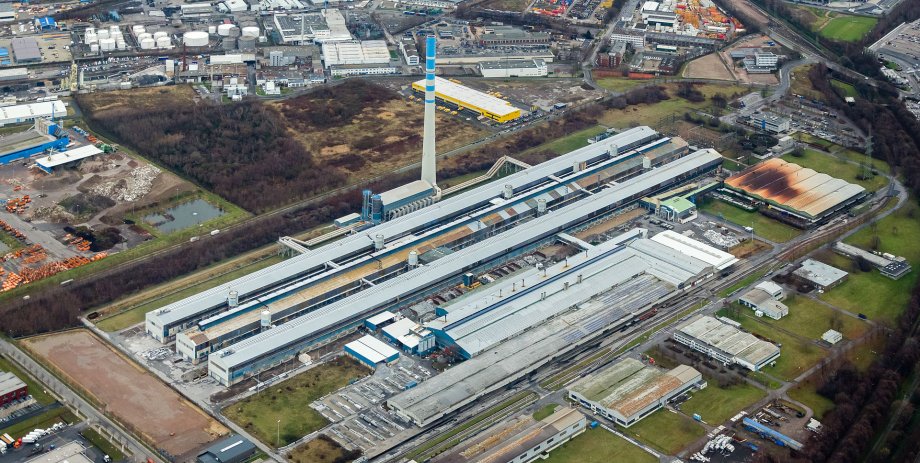INDUSTRY
Smart Infrastructure for Aluminium Production
What has always been "hot" about aluminium is that it's an environmentally friendly material.
14 July, 2016
Aluminium, a "green metal," is the second-most-used choice around the world in an ever-evolving and innovative array of applications.
What is hot about aluminium now – and especially so in the growing market in India – is the ability to boost its sustainability appeal by making products straight from the hot-metal smelter process.
That is one strategy Indian officials are championing as they seek to meet their growing aluminium demand, all while making sure they meet the highest levels of ecological responsibility along the production chain. These industrial parks are common in China and across Asia, where aluminium manufacturing facilities for products are located near or next to processing centers so that the intermediate step of transporting aluminium ingots while burning more fossil fuels is eliminated. The idea to streamline the steps between making and using aluminium also reduces the reheating necessary in production.
That is one strategy Indian officials are championing as they seek to meet their growing aluminium demand, all while making sure they meet the highest levels of ecological responsibility along the production chain. These industrial parks are common in China and across Asia, where aluminium manufacturing facilities for products are located near or next to processing centers so that the intermediate step of transporting aluminium ingots while burning more fossil fuels is eliminated. The idea to streamline the steps between making and using aluminium also reduces the reheating necessary in production.

Image: Nemak
The idea reflects real "innovation thinking" in creating plans for industrial processes and manufacturing logistics that reduce the overall carbon footprint of aluminium products even more by reducing the impacts of the in-between stages. All along the value chain, industry experts work to mitigate the impacts of bauxite mining on the environment on one end (including the energy used in extraction) while boasting of a recycling rate that keeps 75 percent of all the aluminium in use at the other.
Meanwhile, because of its durability and light weight – among other attractive properties – aluminium is in greater demand in transportation, building construction, packaging, and electronics and technology. With that demand comes questions that Indian officials now seek to answer with changes in the distances that aluminium must travel to be useful. In the same way that mines ideally are located near ports for shipping, companies' manufacturing operations can be located a quick step away from hot metal.
Meanwhile, because of its durability and light weight – among other attractive properties – aluminium is in greater demand in transportation, building construction, packaging, and electronics and technology. With that demand comes questions that Indian officials now seek to answer with changes in the distances that aluminium must travel to be useful. In the same way that mines ideally are located near ports for shipping, companies' manufacturing operations can be located a quick step away from hot metal.
Images: Global Casting Magazine

Trimet factory in Essen, Germany. Image: Wikipedia
A new approach to plant design and facilities is even more attractive when renewable energy sources generate the power – a solar option is currently being studied in South Africa – or when the molten aluminium itself is used to store energy. That is the case in Germany, where aluminium producer Trimet is exploring ways to use the production process itself as a giant battery within its energy ecosystem.
Basically, the plant is strategically using energy from the grid when that energy can be had for cheap. It can adjust production, and therefore demand, within a 25 percent range by slowing down the energy-sucking electrolysis process and using its properties to store energy in the molten aluminium instead. That power, which can be sold back at peak demand, is expected to reach a two-day storage capacity at Trimet equivalent to the one-day energy needs of 300,000 homes. A similar idea may be available for other energy-intensive industries that use electrolysis, including paper and fabric plants, as well as cement and chemical factories – all underscoring some surprising new ways in which even making aluminium is eco-friendly across the globe.
Basically, the plant is strategically using energy from the grid when that energy can be had for cheap. It can adjust production, and therefore demand, within a 25 percent range by slowing down the energy-sucking electrolysis process and using its properties to store energy in the molten aluminium instead. That power, which can be sold back at peak demand, is expected to reach a two-day storage capacity at Trimet equivalent to the one-day energy needs of 300,000 homes. A similar idea may be available for other energy-intensive industries that use electrolysis, including paper and fabric plants, as well as cement and chemical factories – all underscoring some surprising new ways in which even making aluminium is eco-friendly across the globe.
Banner image: Wikipedia